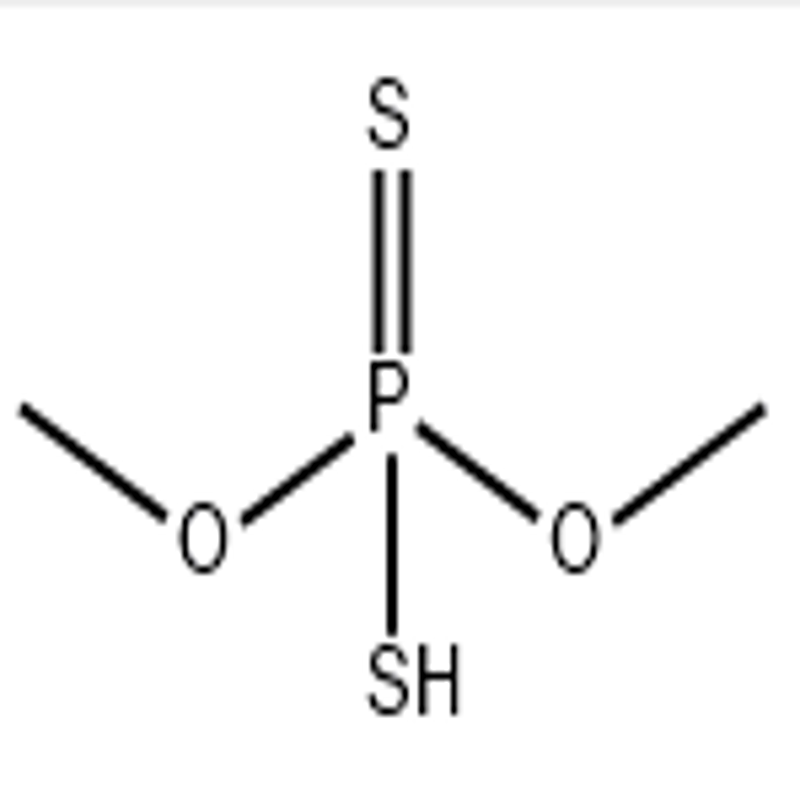-
Categories
-
Pharmaceutical Intermediates
-
Active Pharmaceutical Ingredients
-
Food Additives
- Industrial Coatings
- Agrochemicals
- Dyes and Pigments
- Surfactant
- Flavors and Fragrances
- Chemical Reagents
- Catalyst and Auxiliary
- Natural Products
- Inorganic Chemistry
-
Organic Chemistry
-
Biochemical Engineering
- Analytical Chemistry
-
Cosmetic Ingredient
- Water Treatment Chemical
-
Pharmaceutical Intermediates
Promotion
ECHEMI Mall
Wholesale
Weekly Price
Exhibition
News
-
Trade Service
This morning, the theme day of Food Safety Promotion Week hosted by Chongqing Municipal Health and Family Planning Commission and Yuzhong District Health Family Planning Commission and undertaken by Chongqing CDC and Yuzhong CDC was held at Yuzhong CDC
.
The event invited citizens and the media to visit the Yuzhong District Center for Disease Control and Prevention Key Laboratory of Food Safety Risk Monitoring.
Experts "decrypted" the food safety testing process.
This is the first time that the Yuzhong District Food Safety Key Laboratory has been opened to the public
.
The laboratory is located on the 11th-15th floor of the Yuzhong District Disease Control Center, and is divided into a microbiology laboratory, a physical and chemical laboratory, and a biochemical laboratory
.
The microbiology laboratory mainly separates, cultivates and purifies the suspected pathogenic bacteria in the food, and then uses advanced machines to determine the detection; the physical and chemical laboratory focuses on the detection and analysis of pesticide residues and heavy metals in the food; the biochemical laboratory can Test for AIDS bacteria
.
In the physical and chemical laboratory, the person in charge Hu Xueying introduced that the laboratory can not only perform indoor air testing, but also detect pesticides and heavy metals residues in food
.
At present, the most expensive instrument in the laboratory is a gas chromatography-mass spectrometer, which mainly detects pesticide residues, plasticizers, etc.
The instrument first separates pesticide residues for testing.
After the sample enters, useful things are reserved for testing, and most of them are waste.
The liquid is discharged, and finally the collected data is formed into a peak value for analysis
.
This instrument is worth 1.
28 million and is the most advanced instrument for pesticide residue detection in the city.
Currently, there are only 2 instruments in use in the city
.
Hu Xueying said that if people buy food if they have doubts about pesticide residues, they can be sent to a qualified institution for testing.
Currently, there are fast-track tests in large supermarkets to detect whether the pesticide residues exceed the standard, but it cannot detect which pesticides exceed the standard
.
.
The event invited citizens and the media to visit the Yuzhong District Center for Disease Control and Prevention Key Laboratory of Food Safety Risk Monitoring.
Experts "decrypted" the food safety testing process.
This is the first time that the Yuzhong District Food Safety Key Laboratory has been opened to the public
.
The laboratory is located on the 11th-15th floor of the Yuzhong District Disease Control Center, and is divided into a microbiology laboratory, a physical and chemical laboratory, and a biochemical laboratory
.
The microbiology laboratory mainly separates, cultivates and purifies the suspected pathogenic bacteria in the food, and then uses advanced machines to determine the detection; the physical and chemical laboratory focuses on the detection and analysis of pesticide residues and heavy metals in the food; the biochemical laboratory can Test for AIDS bacteria
.
In the physical and chemical laboratory, the person in charge Hu Xueying introduced that the laboratory can not only perform indoor air testing, but also detect pesticides and heavy metals residues in food
.
At present, the most expensive instrument in the laboratory is a gas chromatography-mass spectrometer, which mainly detects pesticide residues, plasticizers, etc.
The instrument first separates pesticide residues for testing.
After the sample enters, useful things are reserved for testing, and most of them are waste.
The liquid is discharged, and finally the collected data is formed into a peak value for analysis
.
This instrument is worth 1.
28 million and is the most advanced instrument for pesticide residue detection in the city.
Currently, there are only 2 instruments in use in the city
.
Hu Xueying said that if people buy food if they have doubts about pesticide residues, they can be sent to a qualified institution for testing.
Currently, there are fast-track tests in large supermarkets to detect whether the pesticide residues exceed the standard, but it cannot detect which pesticides exceed the standard
.







